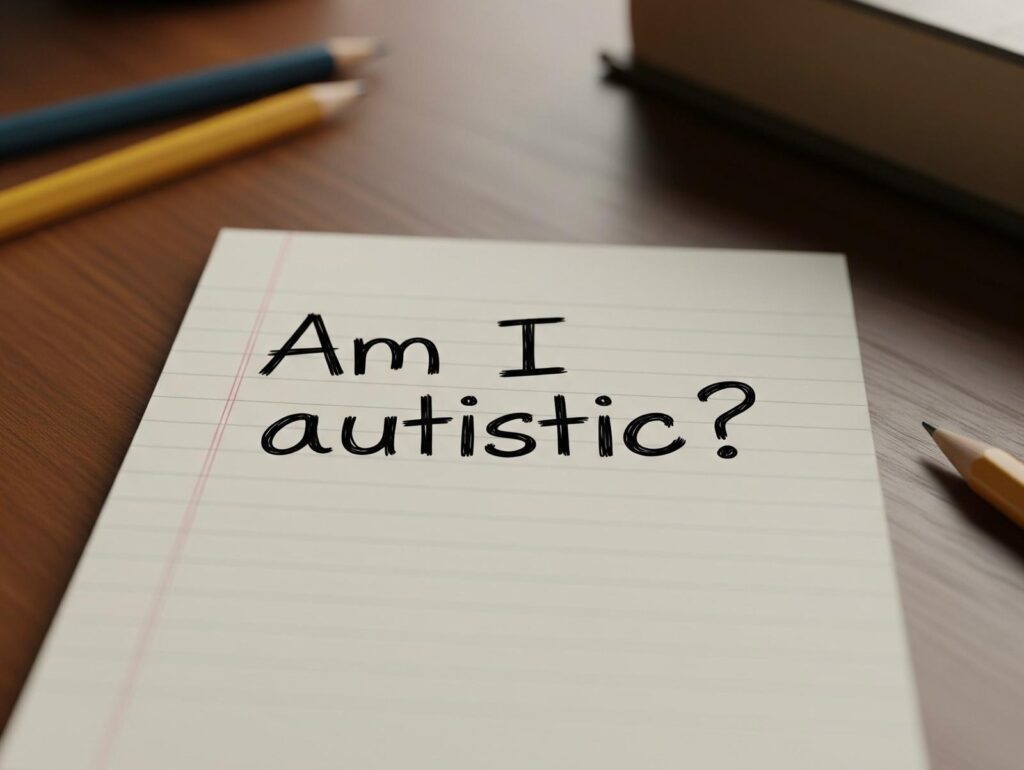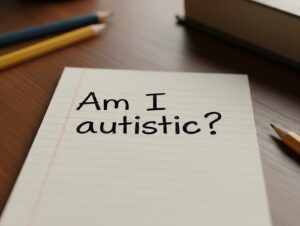Fear is a fundamental human emotion that serves as a survival mechanism, alerting individuals to potential dangers. However, when fears become excessive or irrational, they can develop into phobias, significantly impacting daily life. This article explores some of the most prevalent fears and phobias, their psychological underpinnings, and their implications for individuals and society.
Keywords: Common fears, People’s greatest fears, Top fears and phobias, Fear of public speaking, Fear of heights, Evolutionary psychology and fear, Causes of phobias, How to overcome phobias, Psychological impact of fear, Fear of spiders
Common Fears and Phobias
Research indicates that certain fears are widespread across different populations. A survey of 2,000 Britons identified the following as the top fears:
- Heights (Acrophobia): Fear of heights affects approximately 35% of individuals, making it one of the most common phobias.
- Public Speaking (Glossophobia): Many people experience anxiety when speaking in front of an audience, leading to avoidance of such situations.
- Snakes (Ophidiophobia): This fear is prevalent and often linked to evolutionary survival mechanisms.
- Spiders (Arachnophobia): A common fear, particularly in regions where certain species are perceived as dangerous.
- Aging: Concerns about the physical and mental decline associated with aging are widespread.
- Confined Spaces (Claustrophobia): Fear of enclosed spaces can lead to significant distress in situations like elevators or crowded rooms.
- Flying (Aviophobia): Despite the rarity of airplane accidents, this fear affects a notable portion of the population.
- Germs (Mysophobia): An excessive fear of germs can result in compulsive behaviors aimed at avoiding contamination.
- Needles (Trypanophobia): Fear of injections or medical procedures involving needles is common and can lead to avoidance of necessary medical care.
- Darkness (Nyctophobia): Often originating in childhood, this fear can persist into adulthood for some individuals.
These fears can range from mild discomfort to severe phobias that interfere with daily functioning.
Psychological Underpinnings of Common Fears
The development of common fears can be attributed to several psychological factors:
- Evolutionary Adaptations: Certain fears, such as those of snakes or spiders, may have evolved to protect early humans from dangerous animals.
- Learned Behaviors: Individuals can develop fears through personal experiences or by observing others. For example, witnessing a parent’s fear of dogs can lead a child to develop a similar fear.
- Cultural Influences: Societal norms and media representations can shape and reinforce specific fears.
- Genetic Predispositions: Some individuals may have a genetic tendency toward heightened anxiety, making them more susceptible to developing phobias.
Implications of Fears and Phobias
While fear is a natural and protective emotion, excessive fears or phobias can have significant implications:
- Avoidance Behaviors: Individuals may go to great lengths to avoid situations that trigger their fears, which can limit personal and professional opportunities.
- Physical Symptoms: Exposure to feared objects or situations can lead to physical reactions such as sweating, trembling, or rapid heartbeat.
- Mental Health Impact: Persistent fears can contribute to anxiety disorders, depression, and reduced quality of life.
Addressing and Overcoming Fears
Effective strategies for managing and overcoming fears include:
- Cognitive-Behavioral Therapy (CBT): This approach helps individuals challenge and change unhelpful thought patterns related to their fears.
- Exposure Therapy: Gradually exposing individuals to the source of their fear in a controlled environment can reduce anxiety over time.
- Relaxation Techniques: Practices such as deep breathing, meditation, and progressive muscle relaxation can help manage anxiety symptoms.
- Professional Support: Consulting with mental health professionals can provide tailored strategies and support for overcoming phobias.
Conclusion
Understanding the common fears that affect individuals and the psychological factors that contribute to them is essential for developing effective interventions. By addressing these fears through evidence-based strategies, individuals can lead more fulfilling and less restricted lives.
Take this quick Phobias Self Test
References
- The Sun. (2023). Brits’ top 20 biggest and weirdest fears revealed. Retrieved from https://www.thesun.ie/fabulous/14073685/brits-top-20-fears-revealed/
- Verywell Mind. (2023). 10 of the most common phobias. Retrieved from https://www.verywellmind.com/most-common-phobias-4136563
- Australian Psychological Society. (2023). Phobias. Retrieved from https://psychology.org.au/for-the-public/psychology-topics/phobias
How to get in touch
If you or your NDIS participant need immediate mental healthcare assistance, feel free to get in contact with us on 1800 NEAR ME – admin@therapynearme.com.au.
Discover more from Therapy Near Me
Subscribe to get the latest posts sent to your email.






